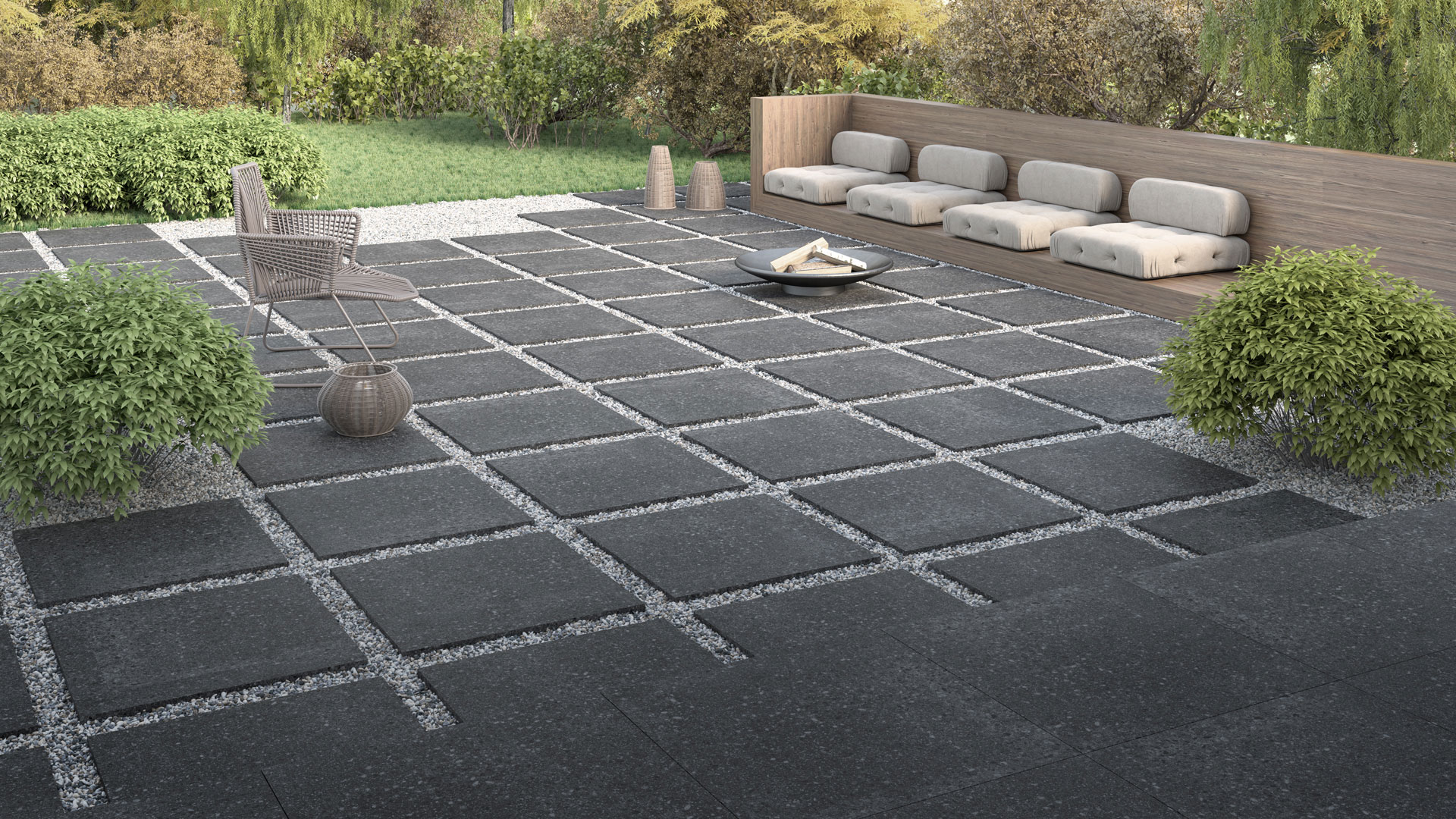Nano technology has been dubbed the fourth wave of the industrial revolution. An amazing phenomenon that has been considered as a necessity in all scientific trends and is one of the new technologies that is progressing and developing with astonishing speed. Since the beginning of the 1980s, we have witnessed new innovations in the field of building design on a daily basis, which are more efficient in strength, appearance, durability and stability than traditional materials. Nanotechnology is an interdisciplinary science related to materials engineering, medicine, pharmacy and drug design, veterinary medicine, biology, applied physics, mechanical engineering, electrical engineering, chemical engineering and agricultural engineering. Analysts believe that nanotechnology, biotechnology and information and communication technology (ICT) are the three scientific domains that form the fourth industrial revolution.
The introduction of nanotechnology into industries has created increasing value in products. One of the industries in which nanotechnology has been able to create significant benefits is the ceramic tile industry. In the ceramic tile industry, nano materials have helped to make the raw materials used in this industry. For example, nano materials can be described as a type of coating that is applied by equipment to the surface of polished ceramics in order to achieve certain properties in the final product. The three main purposes of applying nano materials in these products are to waterproof tile surfaces, stain them, and increase gloss and surface transparency.
Definition of the nano
One nanometer is one thousandth of a micrometer and one billionth of a meter. Each material can be converted into smaller manometer-sized particles in certain ways. At this scale, the physical, chemical, and biological properties of atoms and molecules differ from the properties of matter itself in the normal state. At such a small scale, materials with unique and different properties appear and lead to new achievements in various sciences.
Nanotechnology
In general, nanotechnology means engineering materials in atomic dimensions and making materials with completely unique and different properties in nano meter dimensions. One nano meter for different materials is about the size of stacking 5 to 100 atoms together. The physical, chemical and biological properties of matter in these dimensions are completely different from its properties in macro metric dimensions. To have different and unique properties, nano materials must be less than 100 nm in at least one dimension (length, width, height) in order to observe changes in properties relative to larger particles. For example, nano-antibacterial materials are below 100 nm in at least one dimension, and the antibacterial properties are so noticeable that these nano materials destroy the signs of life in bacteria. Other forms of nano materials include the following:
Nano sheets: The particles of the material are placed next to each other in a plane and are in one dimension below 100 nano meters and have different properties from their bulk state.
Nano rods and nanotube: In the form of hollow rods, they are less than 100 nano meters in two dimensions and have different properties from their bulk state.
Nano particles: They are less than 100 nano meters in three dimensions and have different properties from their bulk state.
Usage of nanotechnology in the ceramic tile industry
Antibacterial products
These types of tiles, by having special nano particles in their glaze formula, have the ability to kill microbes by various mechanisms. Antibacterial nano particles generally kill microbes through mechanisms such as direct contact of nano particles with bacteria, destruction of cell walls, destruction of cell membranes, DNA damage, alteration of the metabolic system, disruption of the respiratory system and inactivation of proteins in bacteria.
Photo catalyst products
These tiles have photo catalytic nano particles, photo catalyst means catalyst that increases the catalytic activity by irradiating light to its surface. Photo catalytic nano particles produce free hydroxide radicals and free oxygen on the tile surface. This ability to decompose organic contaminants, odors and antibacterial properties. These types of tiles are called Self cleaning or Easy cleaning.
Nano Polish products
In these tiles, by creating hydrophobic properties on their surface, contaminant particles are prevented from settling on the tile surface and it is easier to wash and clean them. Sometimes polymer-type coatings are used to create a hydrophobic surface on these products, which are not nano meters. Nano hydrophobic tiles must have nano meter particles in order to be able to perform the penetration mechanism and express their true function. Some companies use metal oxide particles to increase the strength of coatings.
Polyurethane base waxes
These types of waxes do not have a nano structure and only create a thin layer of polymer on the tile, this layer fills the posts and heights on the tile. The types of nano materials used in the ceramic tile industry are divided into the following two categories:
Nano materials A: This type of material contains mineral nano particles (mainly silica) and because the size of these particles is very small and in the range of manometers, it easily covers all the pores on the polished tile and increases their gloss. .
Nano materials B: This type of material is applied to the tile after nano materials A and creates a polymer layer containing functional groups on the surface of the tile and the pores filled by the type A nano coat.






